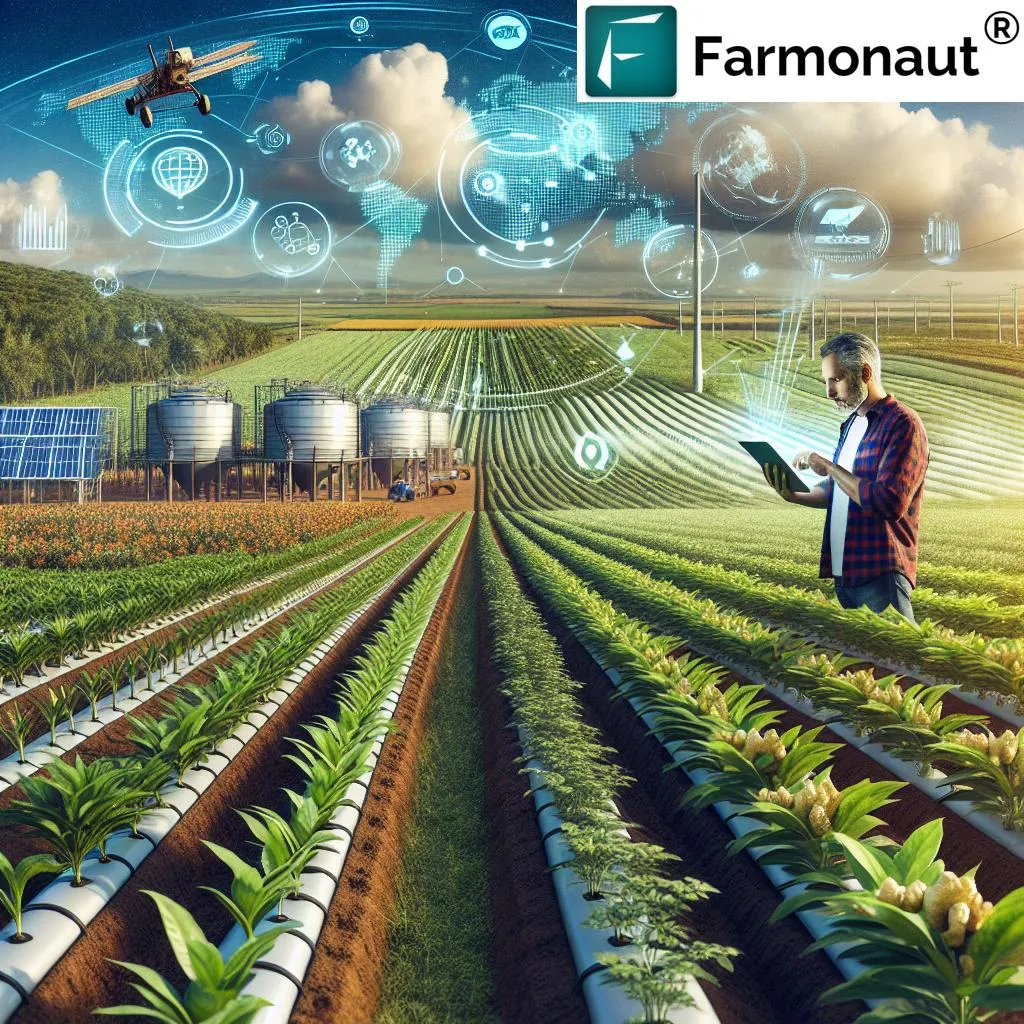In the heart of Tamil Nadu’s delta region, a groundbreaking study is turning the soil over in more ways than one. B Priyadharshini, a researcher from Tamil Nadu Agricultural University in Coimbatore, is leveraging machine learning to revolutionize real-time tillage quality assessment, a development that could send ripples through the agricultural and energy sectors.
Priyadharshini’s work, published in ‘The Indian Journal of Agricultural Sciences’ (translated as ‘Tamil Nadu Krishi Vigyan Patrika’), focuses on a critical aspect of farming that often goes unnoticed: tillage quality. “Tillage quality is the backbone of soil health,” Priyadharshini explains. “It impacts everything from nutrient availability to crop growth, and ultimately, our food security.”
The study, conducted in Puvalur village, Trichy District, used high-resolution soil images and a machine learning technique called Random Forest (RF) model to assess tillage quality. The model analyzed key soil properties like circularity, aspect ratio, and solidity, achieving impressive accuracy with an R² score of 0.86 and a Mean Squared Error (MSE) of 0.0023.
So, why does this matter beyond the fields? For starters, efficient tillage can significantly reduce fuel and labor costs, a boon for farmers and agribusinesses alike. Moreover, optimized tillage practices can enhance soil carbon sequestration, a natural process that can mitigate climate change. “This is not just about improving crop yields,” Priyadharshini notes. “It’s about promoting sustainability and resilience in our agricultural systems.”
The RF model’s ability to provide real-time insights is a game-changer. It can guide farmers on the spot, reducing guesswork and optimizing resource use. This technology could be integrated into existing farming equipment, making it accessible and practical for widespread use.
Looking ahead, this research could pave the way for more sophisticated, AI-driven agricultural tools. Imagine drones equipped with high-resolution cameras and machine learning algorithms, surveying vast fields and providing instant, data-driven advice to farmers. This is not just about shaping the future of farming; it’s about securing our food and energy future.
As Priyadharshini puts it, “We’re not just talking about soil. We’re talking about the future of our planet.” And with this research, that future is looking a little brighter, one well-tilled acre at a time.

